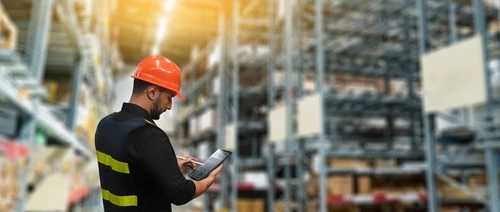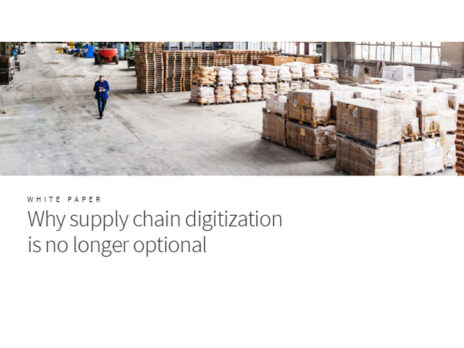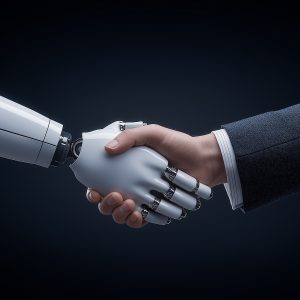
Over the past two and a half years, pressures on distributors have been considerable, with skyrocketing fuel prices, and staffing and materials sourcing proving costlier than ever. Those in logistics face enormous pressure to keep operational productivity at a constant high. Without the right tools in place, economic recovery to pre-2020 levels may prove impossible.

From an operational standpoint, perhaps the main issue for logistics businesses is the lack of skilled labour within the industry. Many older and more experienced workers retired during or in the aftermath of the pandemic, and according to recent figures from Deloitte, a further 22% of the workforce is expected to retire in the next ten years.
Distributors also face significant challenges around inventory, warehousing and project management, due to the deployment of legacy CMS and ERP (enterprise resource planning) platforms. And because of the industry’s relative reluctance to modernise, changing customer attitudes are being missed. Many consumers now expect a certain level of personalisation, and while some distributors have used this as an opportunity to make tentative moves into some aspects of manufacturing, many other businesses are being left behind.
The cost of packaging, maintenance, labour, fuel and wastage cuts further into logistical profit margins, and from an operational standpoint represents some of the most flagrant inefficiencies in the entire sector. Combined with everything else, unless there is a major intervention on the operational side of the business now, logistics will continue to lose money until it has broken apart entirely.
Why automate?
Logistics, like many other industries, is facing a crisis of modernisation. Older ERP models, which were installed as far back as a decade ago, are still being relied upon to answer questions that are no longer relevant to modern business. They tend to be on-premises, which requires constant monitoring and updating, pose significant security risks as the only points of entry into a business’s data (which is often not adequately backed up), and do not allow for scalability or the addition of other applications.
The modern logistics business needs an ERP that provides a fully rounded view of all departments, so that collaboration and communication become as frictionless and as easy as possible. Cloud makes it possible not just for departments to make changes and communicate in real time, feeding through vital information to the operational side of the business so that targets are met and customer specifications catered to, but also to have a solution that is continuously up to date, evolving at the pace of new business requirements as well as structural and legal needs.
By allowing for easy coordination across departments, modern ERP can also address the fundamental shortage of quality labour within the industry. AI and machine learning can be utilised to find the most experienced workers to perform a given role, set targets, and assist in performing some of the drearier administrative tasks so that workers have more time to focus on customer service and maintenance.
Similarly, when it comes to inventory and project management, modern ERP can be relied upon to ensure that orders are fulfilled on time, that data is processed and modified with each new transaction, and that other links in the supply chain are performing adequately so that any issues can be predicted far in advance of completion.
ERP is also useful for making sure that machinery and production lines are operating within their limits. This ultimately streamlines yield, ensures that malfunctioning equipment does not reach a stage where it needs an expensive repair and triggers regular maintenance.
The future of logistics
If distributors don’t modernise from an operational standpoint, they are at the mercy of competitors who have already moved into manufacturing and equipment rental business models, which has the potential to make them irrelevant.
In order to fulfil orders adequately, distributors need to think not only in terms of cost-efficiency but also whether it is within their capability to deliver materials, labour and assembly.
Sustainability also plays a crucial role, since transport from manufacturers to distributors and down the supply chain ultimately decides how functional relationships within that supply chain really are.
By improving operations with AI and cloud technology, products can be procured and individualised based on customer needs, removing the need for mass production and offering a competitive edge over other distribution businesses. This could ultimately pave the way for massive savings, waste reduction and an improvement in overall sustainability credentials.








